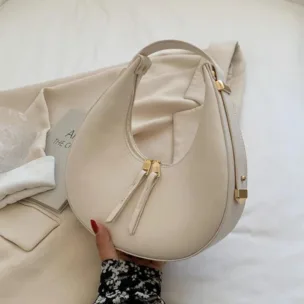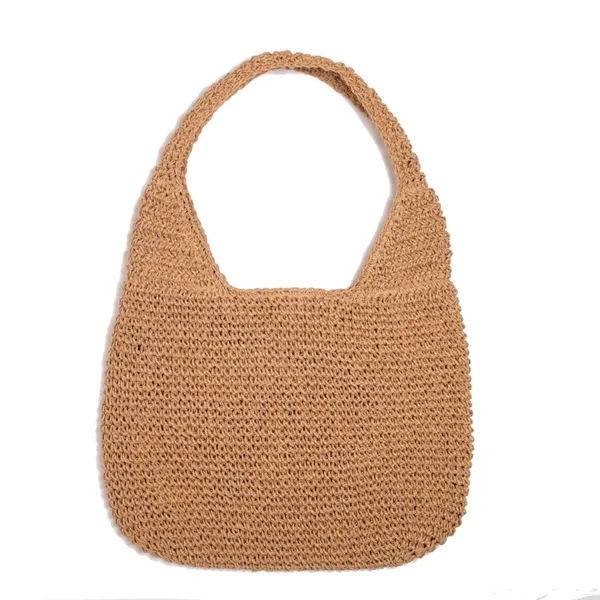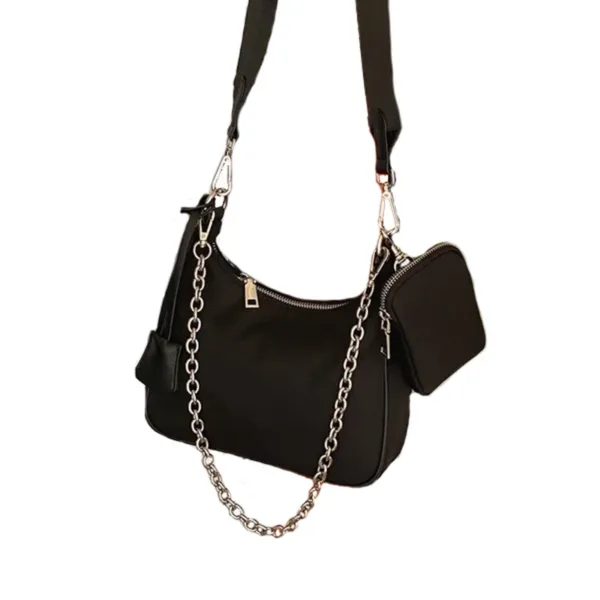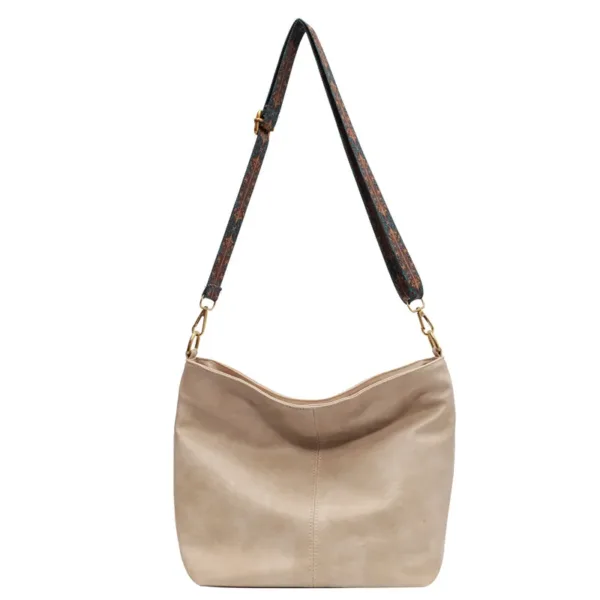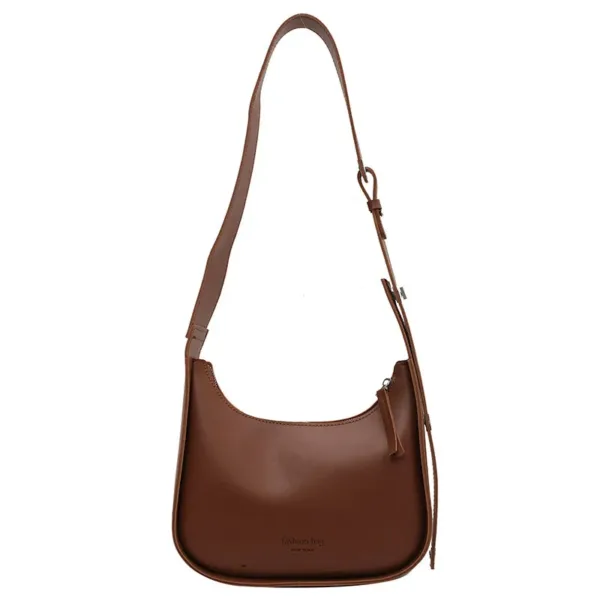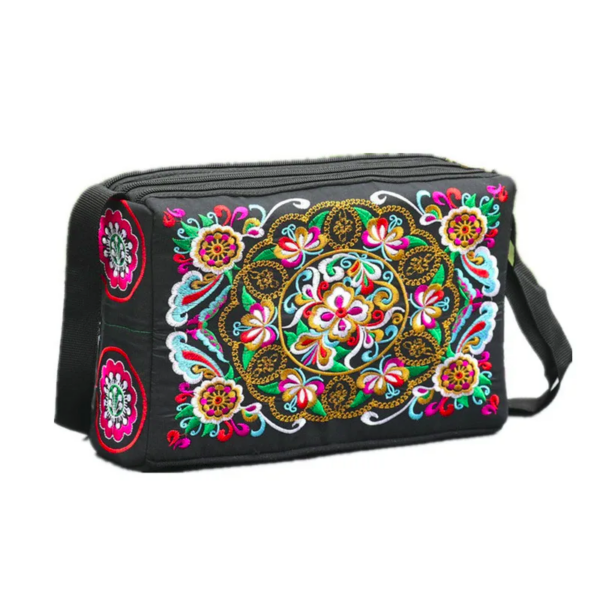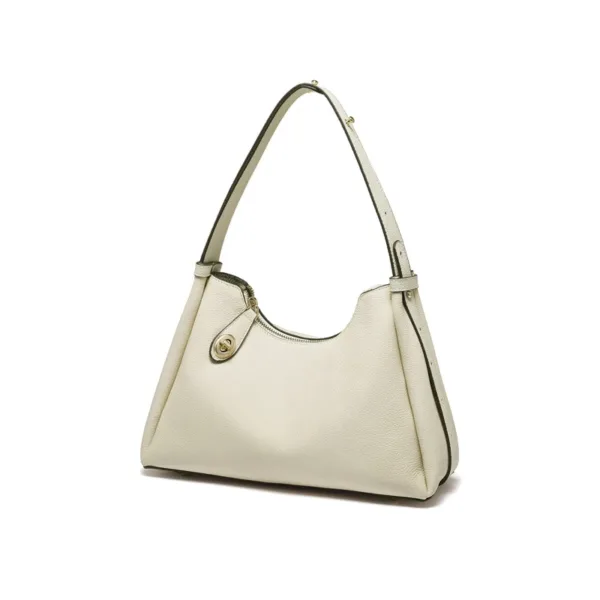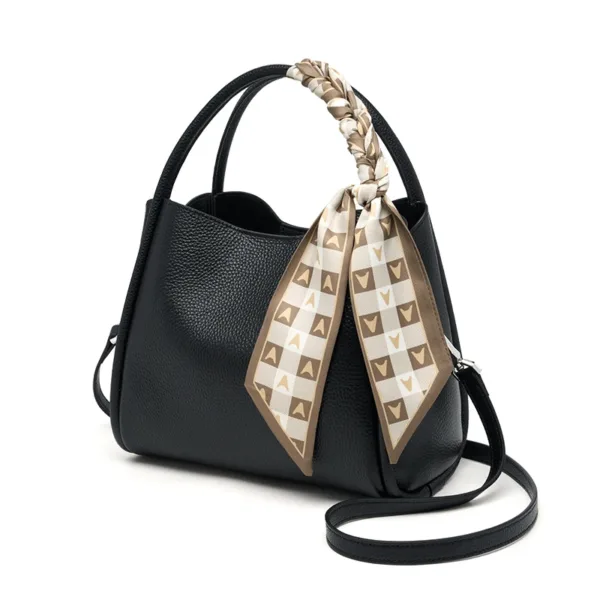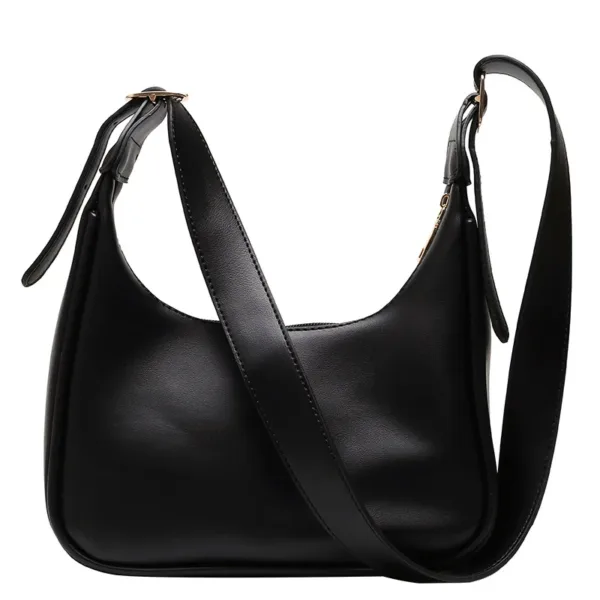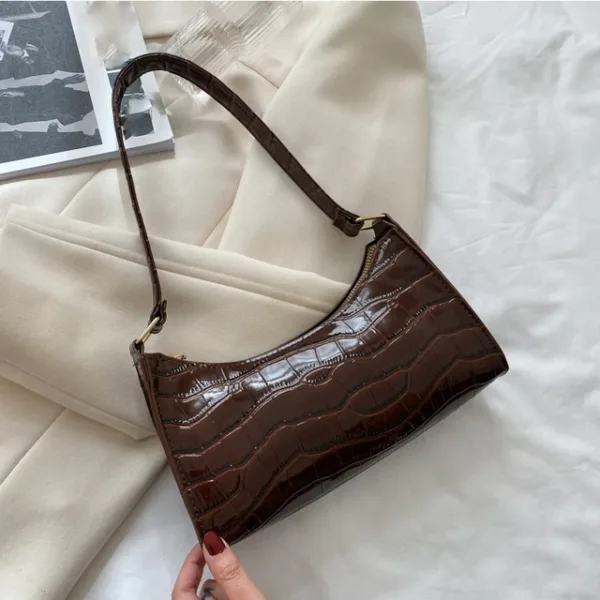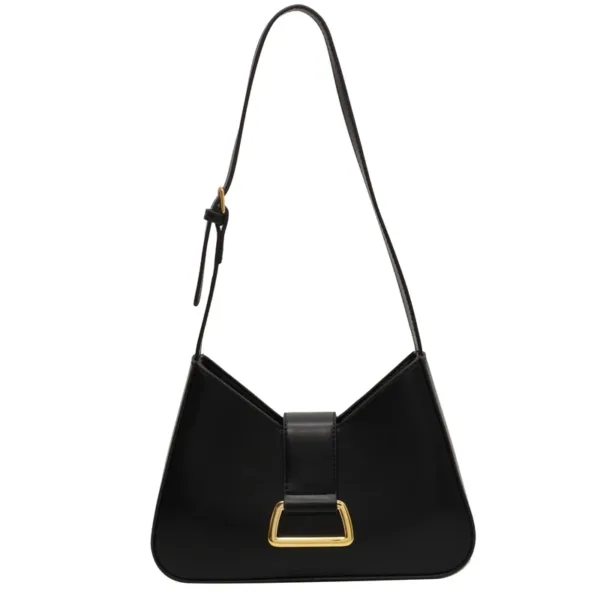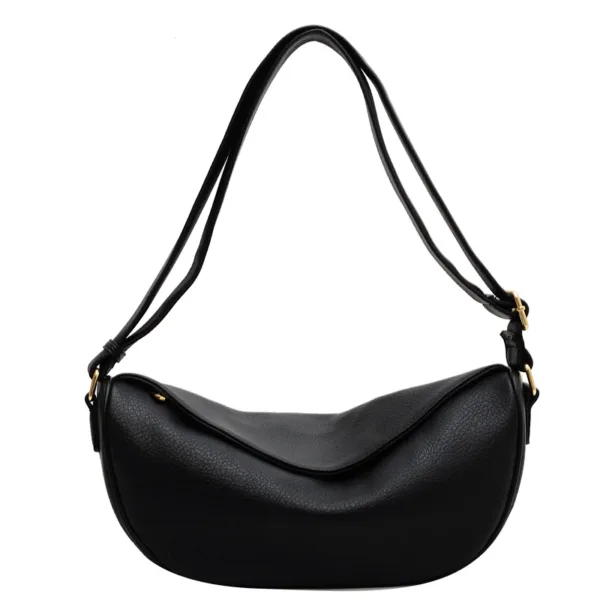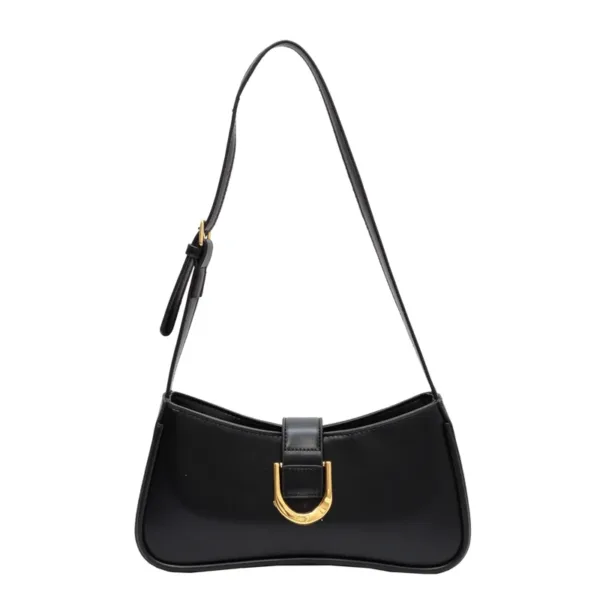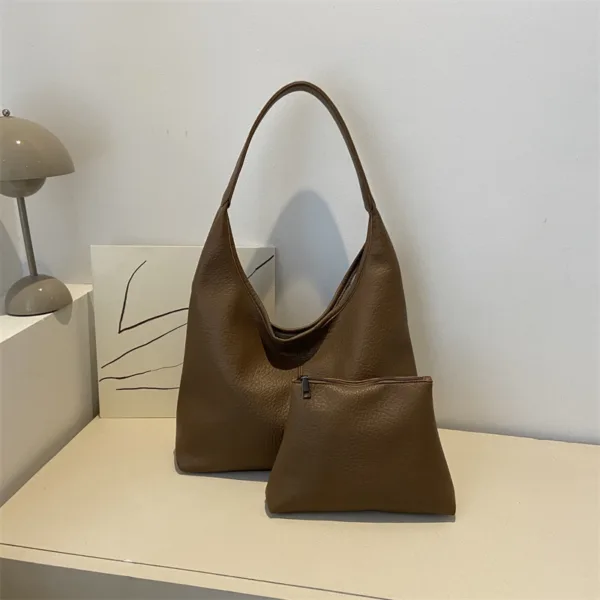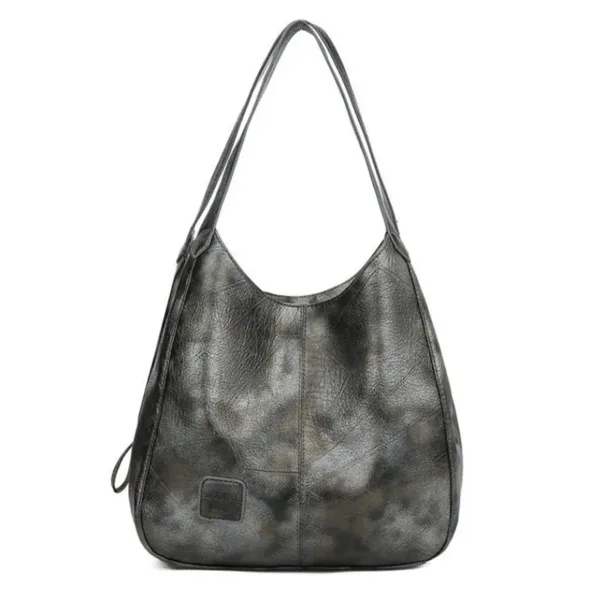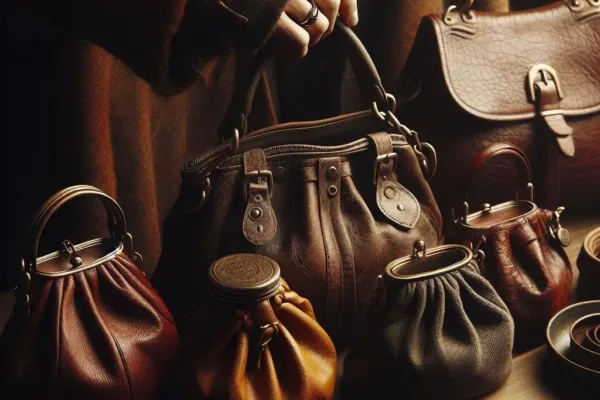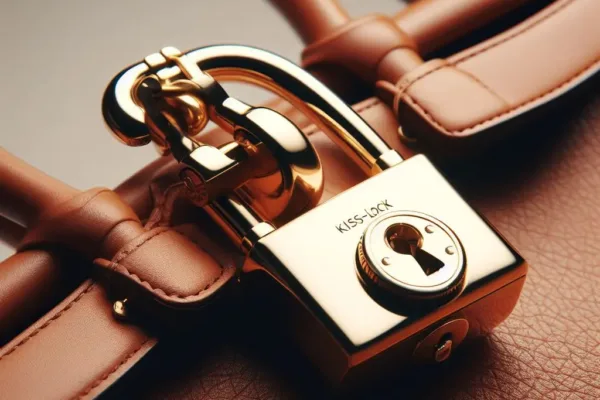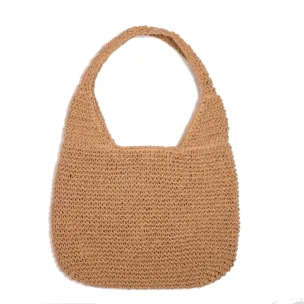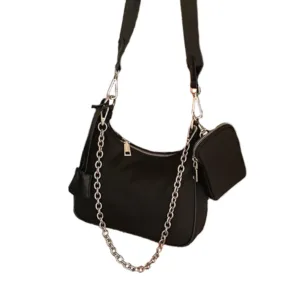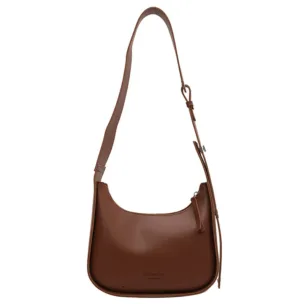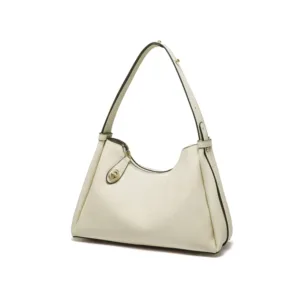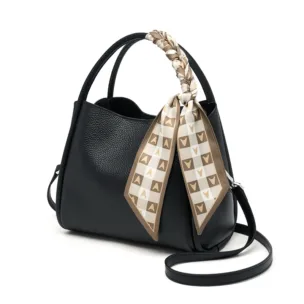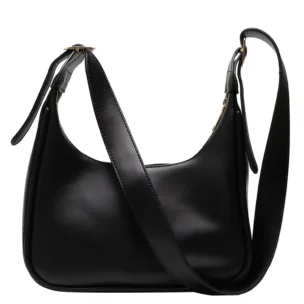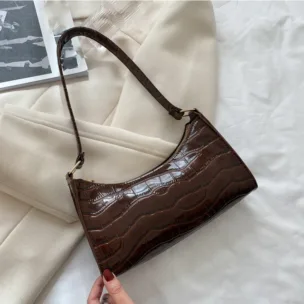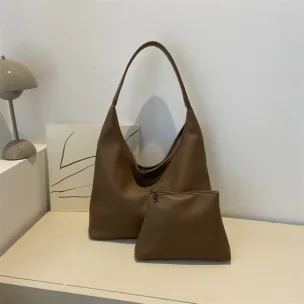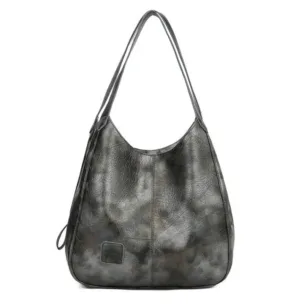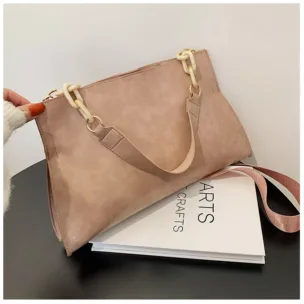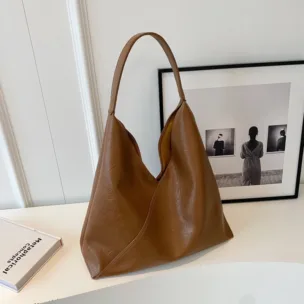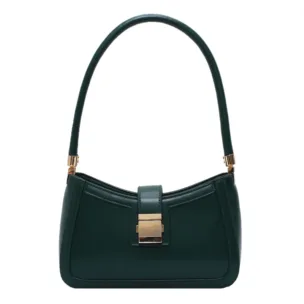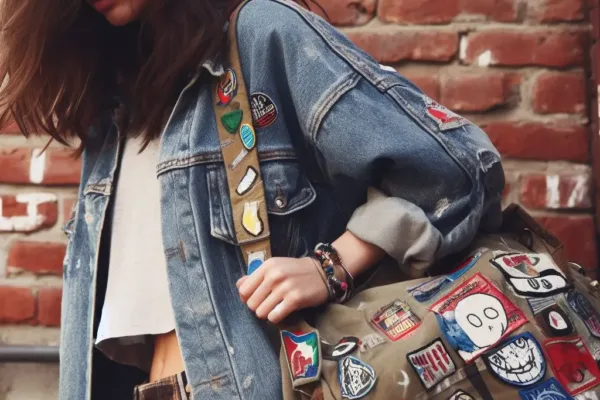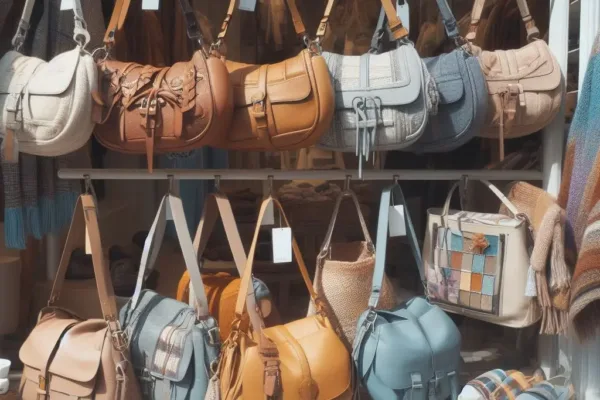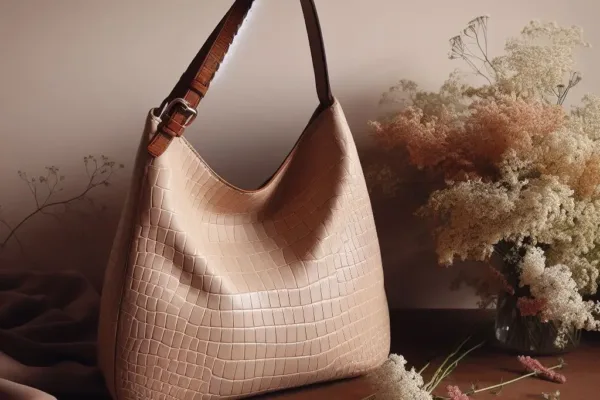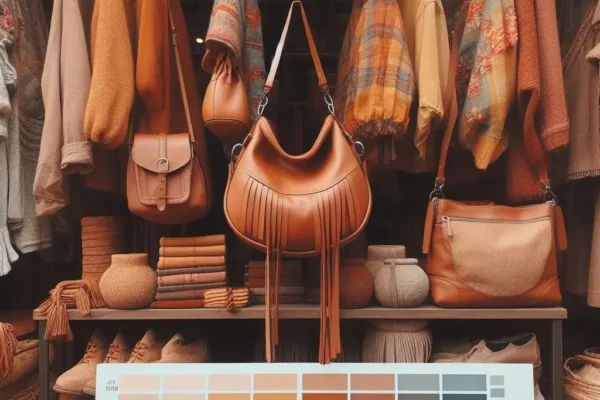Discover the secret behind Hobo bags’ sustainability – combining eco-friendly materials, ethical practices, and timeless style. Unveil the green revolution!
TL;DR: Hobo bags can be sustainable fashion choices with the use of eco-friendly materials, ethical production practices, and a focus on durability. Many designers are opting for sustainable materials like organic cotton and recycled fabrics, as well as vegan leather alternatives. Fair trade practices and ethical manufacturing are also prioritized. It’s important to do research and support brands that align with your values. Hobo bags are built to last, reducing the need for frequent replacements and minimizing waste. Consider certifications like Fair Trade, GOTS, or LWG to ensure sustainability standards are met. By making informed purchasing decisions, you can contribute to a more eco-friendly fashion industry.
Hobo bags have become a staple in the world of fashion, adorning the arms of trendsetters and style enthusiasts everywhere. These slouchy, bohemian-inspired bags exude a sense of effortless cool, but have you ever wondered about their sustainability? In this post, we will delve into the eco-friendly aspects of hobo bags, exploring their materials, production processes, and overall impact on the environment.
When it comes to sustainability, the materials used in the creation of hobo bags play a crucial role. Many designers have embraced the shift towards eco-consciousness by opting for sustainable materials such as organic cotton, hemp, and recycled fabrics. These materials not only reduce the carbon footprint but also minimize the use of harmful chemicals in the production process.
Additionally, some hobo bags are crafted from vegan leather alternatives, which are cruelty-free and do not contribute to the exploitation of animals. These innovative materials mimic the look and feel of genuine leather without the environmental drawbacks associated with traditional leather production.
In terms of production, sustainable hobo bags often prioritize fair trade practices and ethical manufacturing. Artisans and craftsmen are paid fair wages, ensuring better working conditions and supporting local communities. By choosing brands that adhere to these principles, you can feel confident that your hobo bag was created with both style and sustainability in mind.
But sustainability goes beyond just the materials and production methods. It also encompasses the longevity and durability of the product. Hobo bags, with their timeless designs and sturdy construction, are built to withstand the test of time. Unlike fast fashion accessories that quickly fall apart, a well-made hobo bag can be a lifelong companion, reducing the need for frequent replacements and ultimately minimizing waste.
However, it is important to note that not all hobo bags are created equal in terms of sustainability. As with any fashion item, it is crucial to do your research and support brands that align with your values. Look for certifications such as Fair Trade, Global Organic Textile Standard (GOTS), or Leather Working Group (LWG) to ensure that your hobo bag meets rigorous sustainability standards.
In conclusion, hobo bags can indeed be sustainable fashion choices. With the use of eco-friendly materials, ethical production practices, and a focus on durability, these bags offer a stylish and conscious alternative to traditional accessories. By making informed purchasing decisions and supporting brands that prioritize sustainability, you can contribute to a more eco-friendly fashion industry.
Now, I’d love to hear your thoughts on this topic! Have you ever considered the sustainability of your fashion choices? Are there any controversial sustainability issues you’d like to discuss? Join the conversation in the comments section below and let’s delve deeper into the world of sustainable fashion together.
Share
About the author
Comments
Genuine Leather Crescent Class Hobo
Original price was: £194.41.£159.99Current price is: £159.99.
Vegan Leather Slouchy Hobo with Pouch Bag Set
Original price was: £38.99.£18.99Current price is: £18.99.



